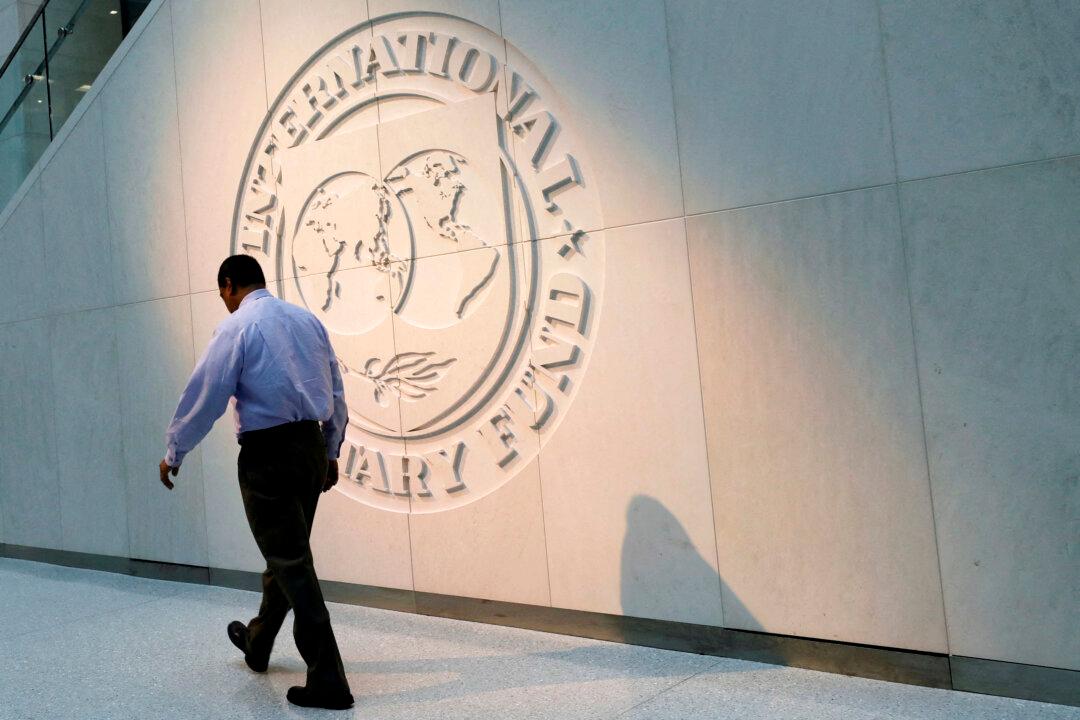The global fight against inflation “has been largely won” without triggering a significant economic downturn, says International Monetary Fund (IMF) chief economist Pierre-Olivier Gourinchas.
IMF officials published the October edition of the World Economic Outlook, forecasting that headline inflation will cool to 3.5 percent by the end of next year, slightly below the two-decade average before the pandemic.





